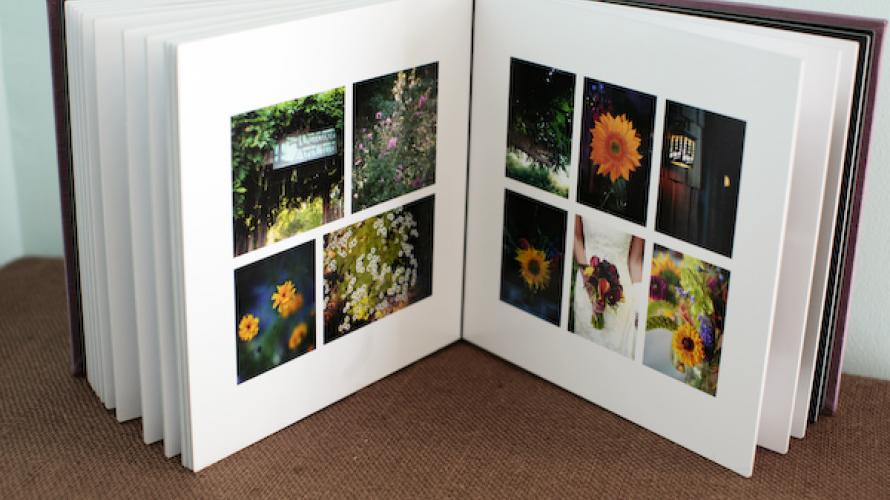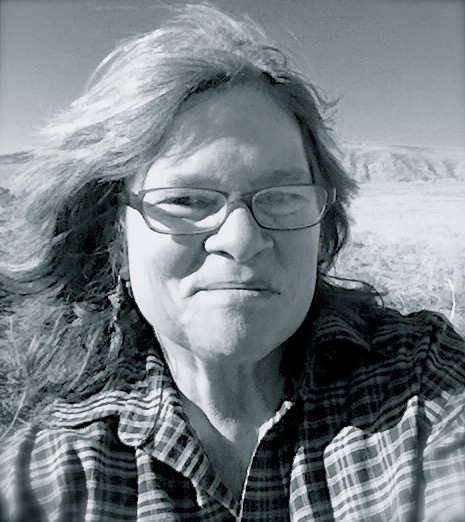
“She touched one battered cover fondly, “It’s mad the things we worry about, isn’t it? My cottage is jammed to the rafters, and all I could think about was that someone might break in and steal my old snapshots.”
— Susanna Kearsley in The Shadowy Horses
Be kind to mystery writers. How are they going to give a detective the essential tip that solves a case if there are no family photo albums to review to find that elusive clue? Photos on a Smart Phone or even those locked on a thumb drive just don’t have that same tangible quality — and it’s likely the detective would have to sort through hundreds or thousands of images to find the case-solving one.
Yes. This is the type of stuff I think about when I’m reading. Really. Then I fret over my collection of digital, never-printed images.
In the days of film, getting images printed was what I did. With digital, it’s easy to forget the wonder and beauty, the ease of sharing printed photographs. Albums become the finger prints to your family’s history, the lives of parents and grandparents. They remind you of the growth of children and grandchildren. I have several albums put together by my grandmother, everything labeled in her tight, careful, cursive script.
What is the most simple approach to preserving images? Choose your best and print them. It’s best not to wait until you have time to edit them. Find a photo album and write descriptions while all the detail of who, what, when and where are fresh in your mind. If you want to do something more with your images later, you can. But waiting until tomorrow to get around to it becomes a habit that can make saving memories harder for you.
There are many different approaches to organizing images and organization is essential with digital imagery. One approach that might lead to a successful album creation is simply to take the time to add the best images from each month to a folder marked by month and year and print them. Even the busiest of us can make this approach happen.
Choose a photo album that will work for you and make sure that it’s archival. Then, add the photographs you’ve chosen in order by month. You can mix in non-photos that you want to remember — a postcard from somewhere (they do still make those) — a recipe, or a movie or concert stub.
The act of putting an album together helps bring memories alive in and of itself. It’s like savoring a good meal or having a coffee date with a friend. It brings up emotions and emotions are essential to being human: Sadness, Anger, Fear, Love, Grief, and Happiness. Every one of them.
Some albums include areas to handwrite in photo descriptions. Some don’t. But even with the ones that don’t, you could write a description on a piece of paper and slip it in to a pocket. Archival pens allow you to do that on the back of the images themselves. Your handwriting will have resonance to someone down the line, too, possibly even yourself as you age.
Now, choose an album for your collection. Pioneer makes a wide selection from scrapbook style to slide-em-in pockets. Some pocket albums are “bi-directional,” which allow you to slip in photos taken in landscape or portrait style.
Some albums are expandable so you can keep adding pages to them. Albums with a fixed number of pages can create a boundary for how many images you can put in that album. Sure it’s true that some months you may have a lot of photos but other months, maybe not. You can average it out from there. The finite number of pages and pockets helps with that process of choosing images to print and then slide in to your monthly folders. Don’t want that limit? Add pages.
There are specialty albums that are super simple to create and share. For instance, with “Pinchbooks,” fold the cover back to open the spring-clasp, slide in photos (all of the same size); release so that the book snaps closed; share. Pinchbooks come in a variety of sizes — 14! — and can be reused and recreated with the same simple process.
With photo albums, it’s not how they look, it’s that they exist and are at hand for you and your family to enjoy. Keep them out where you will browse them — and where you can grab them on your way out the door in an emergency.
The time to begin your photo album for 2016 is now. Right now.
 Jenna Caplette migrated from California to Montana in the early 1970s, first living on the Crow Indian reservation. A Healing Arts Practitioner, she owns Bozeman BodyTalk & Integrative Healthcare. She says, " Health is resiliency, a zest for the journey. It’s about coming awake to the joy of being alive. As a practitioner, its a privilege to facilitate that healing process, to help weave new patterns of health & well-being. “ And by the way, healthier, happier people help create a healthier, happier world.
Jenna Caplette migrated from California to Montana in the early 1970s, first living on the Crow Indian reservation. A Healing Arts Practitioner, she owns Bozeman BodyTalk & Integrative Healthcare. She says, " Health is resiliency, a zest for the journey. It’s about coming awake to the joy of being alive. As a practitioner, its a privilege to facilitate that healing process, to help weave new patterns of health & well-being. “ And by the way, healthier, happier people help create a healthier, happier world.
